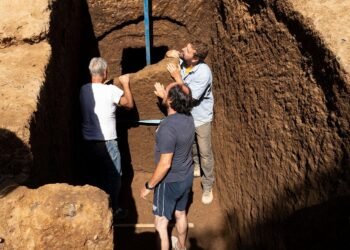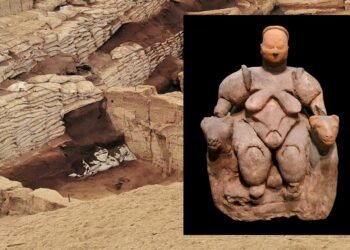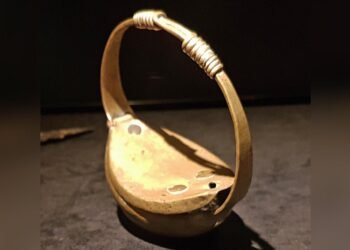Anthropologists from Tulane University have uncovered fresh information about the Maya calendar.
According to the glyphs and monuments, the Maya calendar has an 819-day count associated with four colors and cardinal directions.
However, there are still some unanswered questions about this count, including its correlation with the synodic periods of the planets visible to the naked eye.

Although there have been previous attempts to link planetary associations with the 819-day count, the current four-part color cardinal directional system does not entirely match up with the synodic periods of the observable planets.
John Linden and Victoria Bricker, who are both anthropologists from Tulane University, claim to have solved the mystery.
As per a publication in Ancient Mesoamerica, the Maya calendar cycles cover a far more extended period than previously believed.
The research team has found that the calendar aligns with the synodic periods of all observable planets over 20 cycles, which is roughly 45 years, instead of the four cycles that were previously thought. This discovery showcases the ancient Maya’s remarkable knowledge of astronomy and the intricate nature of their calendar systems.
Within 20 cycles, every planet completes a certain number of synodic periods a whole number of times. Mercury does it every cycle, Venus every five cycles, Saturn every six cycles, Jupiter every 19 cycles, and Mars every 20 cycles.
Each synodic period is shorter than 819 days, but only Mercury’s synodic period happens an entire number of times within a single cycle. By combining the cycles, the planetary positions can be predicted, which according to Linden and Bricker, are also linked to important dates and festivities.
The authors stated that the Maya astronomers who created the 819-day count didn’t limit their focus to any particular planet. Instead, they envisioned it as a more comprehensive calendar system that could be utilized to predict the synodic periods of all observable planets.
In their study, Linden and Bricker stated that the 819-day count is possibly the most perplexing of the Maya calendar cycles, and it has been a source of challenge for modern-day scholars for several decades.
They further explained that even today, there are still many aspects of this count that remain unexplained, particularly its correlation with the synodic periods of the planets that can be observed without the aid of a telescope.
The investigation could provide insight into the sophisticated knowledge of astronomy that the ancient Maya possessed, further highlighting the significance of their calendars and the insights they offer into their culture and civilization.

























Comments 1